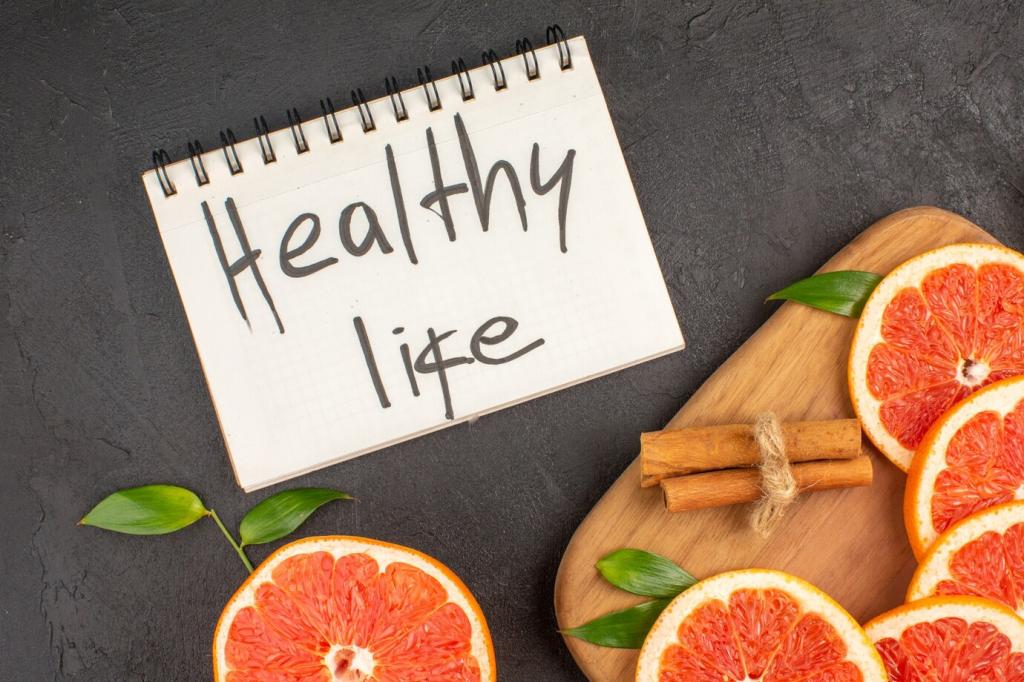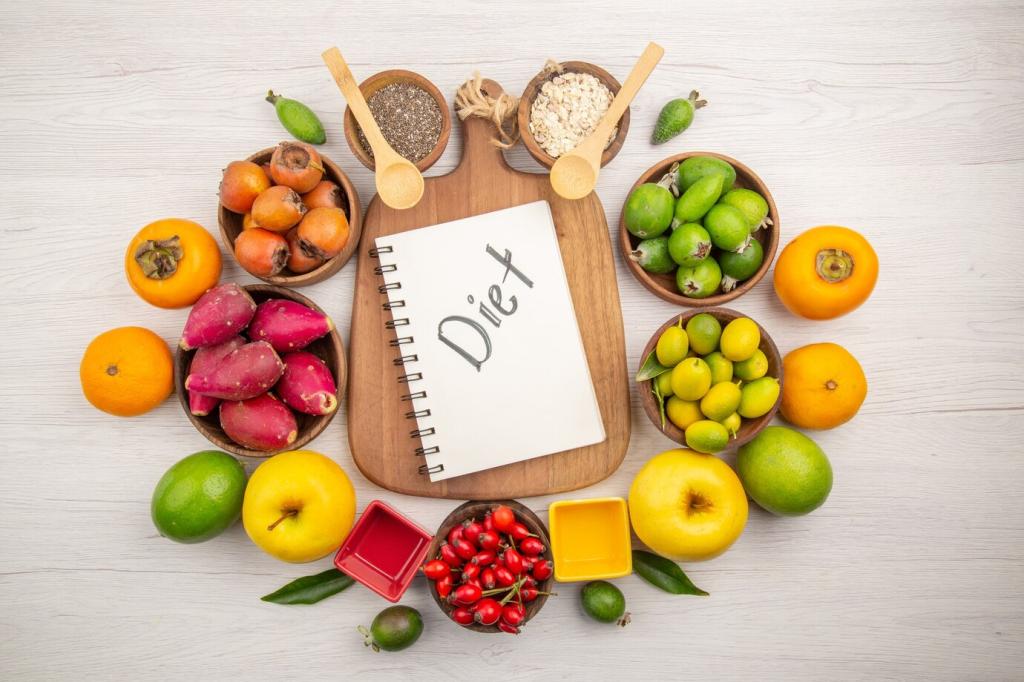The Endurance Engine: What Makes a Superfood “Super” for Runners
Beetroot nitrates can improve nitric oxide availability, helping blood vessels widen and muscles use oxygen more efficiently. Polyphenols from berries support mitochondrial function and reduce oxidative stress. Together, they help you hold pace when the course tilts upward and the wind turns against you.
The Endurance Engine: What Makes a Superfood “Super” for Runners
Endurance hinges on glycogen, but the source matters. Oats, sweet potatoes, and whole grains deliver slow-release energy with fiber, minerals, and satiety. They stabilize blood sugar and tame mid-run energy swings better than sugary spikes that can derail pacing and mood.




